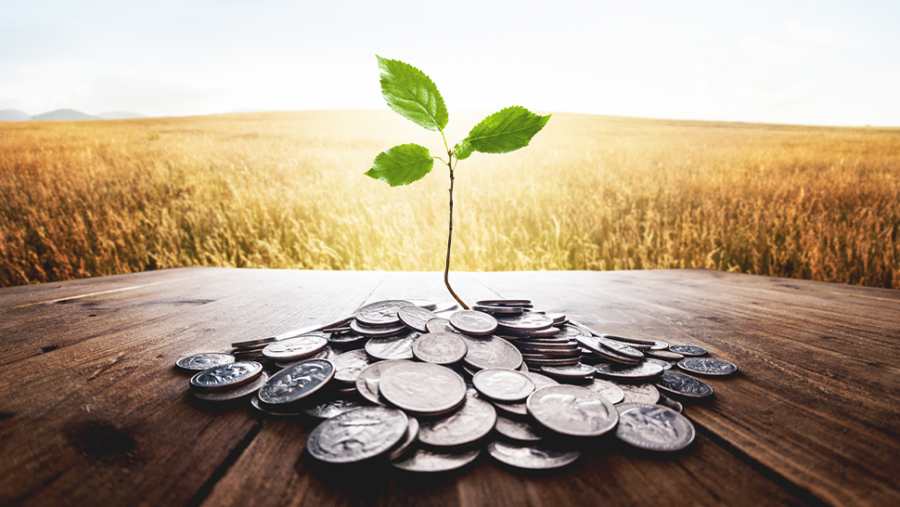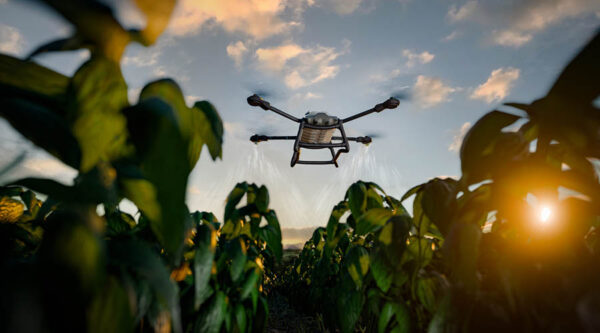

Introduction
Hands up – who knows the difference between Green, Social and Sustainability-Linked Loans (GSS Loans)? For those readers who are new to this increasingly important area of lending, this article is intended to provide a basic overview of the fundamentals, as well as discussing the advantages to lenders and borrowers of entering into GSS Loans – and a word about dirty washing!
The Loan Market Association (LMA), the Asia Pacific Loan Market Association (APLMA) and the Loan Syndications and Trading Association (LSTA) have published what are known as the Green Loan Principles, the Social Loan Principles and the Sustainability-Linked Loan Principles together with guidance notes all of which, along with other materials, can be found at: LMA :: Sustainable Lending Microsite. These are excellent resources, on which this article has been based, and should be your next port of call if you are interested in this area.
What is a Green Loan?
The LMA defines a Green Loan as any type of loan instrument made available exclusively to finance or re-finance, in whole or in part, new or existing eligible Green Projects. Green Loans must align with the four core components of the Green Loan Principles.
What is a Green Project?
There is no fixed definition of what constitutes a Green Project, but it should provide clear environmental benefits. The LMA has produced a useful indicative list of categories. This includes, of course, various aspects of renewable energy – production, transmission, appliances and products.
Another obvious category relates to energy efficiency – for example, new and refurbished buildings, energy storage, smart grids and related appliances and products. The list carries on with pollution prevention and control, environmentally sustainable management of living natural resources and land use, clean transportation, sustainable water and wastewater management and a number of others. For the full list, see Appendix 1 to the LMA Green Loan Principles publication.
What are the Green Loan Principles?
The LMA sets out four key components for a Green Loan:
- Use of Proceeds – as stated above, the key requirement of a Green Loan is that the loan proceeds are utilised for a Green Project.
- Process of Project Evaluation and Selection – this requires the borrower and lender to properly determine that the financing falls within the parameters of a Green Loan.
- Management of Proceeds – the proceeds of a Green Loan should be credited to a dedicated account or otherwise tracked so as to maintain transparency.
- Reporting – borrowers should keep up-to-date information on the use of proceeds and report at regular intervals, including a description of the project(s) and their expected impact, in order to maintain transparency, using qualitative and where feasible quantitative performance measures and disclosure of what methodology has been used and what assumptions made.
What is a Social Loan?
Social Loans are very similar to Green Loans. The LMA defines a Social Loan as any type of loan instrument made available exclusively to finance or re-finance, in whole or in part, new and/or existing eligible Social Projects. Social Loans must align with the four core components of the Social Loan Principles.
What is a Social Project?
Again, there is no fixed definition of what constitutes a Social Project but the LMA has produced a useful indicative list of categories. This includes various aspects of affordable basic infrastructure and affordable housing, access to essential services, employment generation, food security and sustainable food systems and a number of others. For the full list, see Appendix 1 to the LMA Social Loan Principles publication.
What are the Social Loan Principles?
The LMA sets out four key components for a Social Loan which echo the Green Loan Principles:
- Use of Proceeds – as stated above, the key requirement of a Social Loan is that the loan proceeds are utilised for a Social Project.
- Process of Project Evaluation and Selection – this requires the borrower and lender to properly determine that the financing falls within the parameters of a Social Loan.
- Management of Proceeds – the proceeds of a Social Loan should be credited to a dedicated account or otherwise tracked so as to maintain transparency.
- Reporting – borrowers should keep up-to-date information on the use of proceeds and report at regular intervals, including a description of the project(s) and their expected impact, in order to maintain transparency, using qualitative and where feasible quantitative performance measures and disclosure of what methodology has been used and what assumptions made.
What is a Sustainability-Linked Loan (SLL)?
A SLL is a slightly different kettle of fish. SLLs aim to facilitate and support environmentally and socially sustainable economic activity and growth. Unlike Green and Social Loans, there is no requirement to use the proceeds for a particular purpose or project, although it should require the loan to be used in accordance with the borrower’s sustainability strategy. Instead, the loan is designed to incentivise a borrower to meet its sustainability commitments and reduce its environmental impact, usually by means of a pricing adjustment based on the borrower’s sustainability performance. This is measured using predefined sustainability performance targets (SPTs) as measured by predefined key performance indicators (KPIs).
What are the Sustainability-Linked Loan Principles?
The LMA has suggested five key components to enable all market participants to clearly understand the characteristics of a SLL:
- Selection of KPIs – SSLs look to improve the borrower’s sustainability profile over the term of the loan by aligning loan terms (see third bullet below) to the borrower’s performance. Performance is measured using one or more sustainability KPIs. These must be clearly defined, credible and material to the borrower’s business.
- Calibration of SPTs – the purpose of SSLs is to encourage ambitious, positive change in the KPIs through incentives and this should form the basis of target setting.
- Loan Characteristics – a key characteristic of a SSL is that there is a financial incentive linked to whether the SPT(s) are met. For example, the margin under the relevant loan agreement may be reduced where the borrower satisfies a SPT as measured by the KPIs, or possibly increased where a SPT is not met.
- Reporting – a borrower should provide the lender(s) with up-to-date information sufficient to allow the lender(s) to monitor the performance of the SPTs and to determine that the SPTs remain ambitious and relevant to the borrower’s business.
- Verification – the borrower must obtain independent and external verification (for example by a qualified external reviewer with relevant expertise, such as an auditor, environmental consultant and/or independent ratings agency) of the borrower’s performance level against each SPT for each KPI, at least once a year.
What are the benefits of lending/borrowing a GSS Loan?
The LMA suggests multiple possible benefits for lenders and borrowers (in addition to the obvious benefits to the environment, climate and society).
- A positive impact on reputation and credibility
- Building stronger, value-based relationships with stakeholders
- Showing commitment to achieve sustainability goals with a correlated economic impact
- Promoting sustainable long term growth and profitability
- Gaining access to new markets
- Access to a wider and more diverse pool of investors, particularly those with a positive environmental or social focus
- Meeting regulatory and policy targets and commitments
- Being able to attract staff for whom making their own climate, environmental and/or social contribution is important.
Dirty washing
There is a strong emphasis in the LMA publications on maintaining the integrity of the products at all times by adhering properly to the principles listed above and not allowing “greenwashing”. This is the practice of a borrower saying itself or its project have green credentials but where this is misleading, inaccurate or inflated, or the equivalent “social washing” and “sustainability washing”.
In other words, for lenders and borrowers participating in this market, it is important to be transparent and take their duties seriously. Trying to pull the wool over people’s eyes in these areas is not doing the planet or society any favours.










